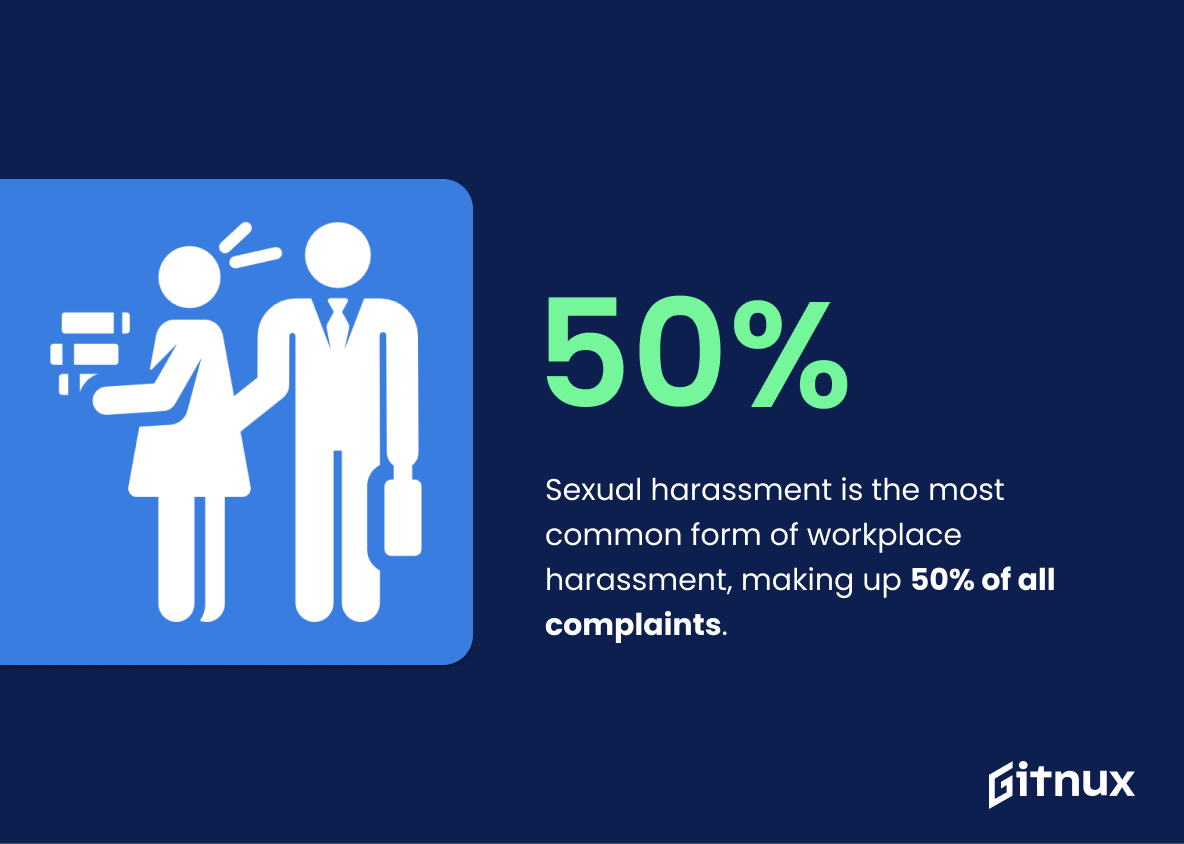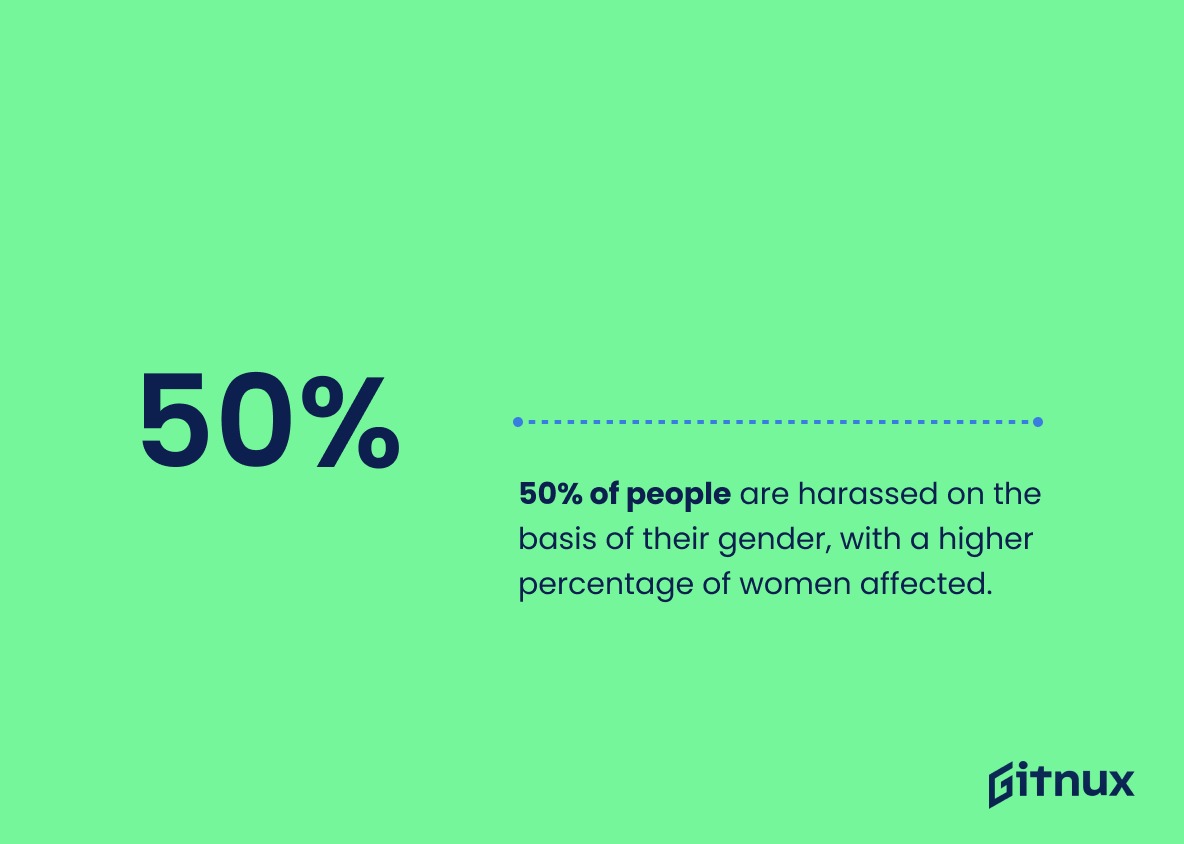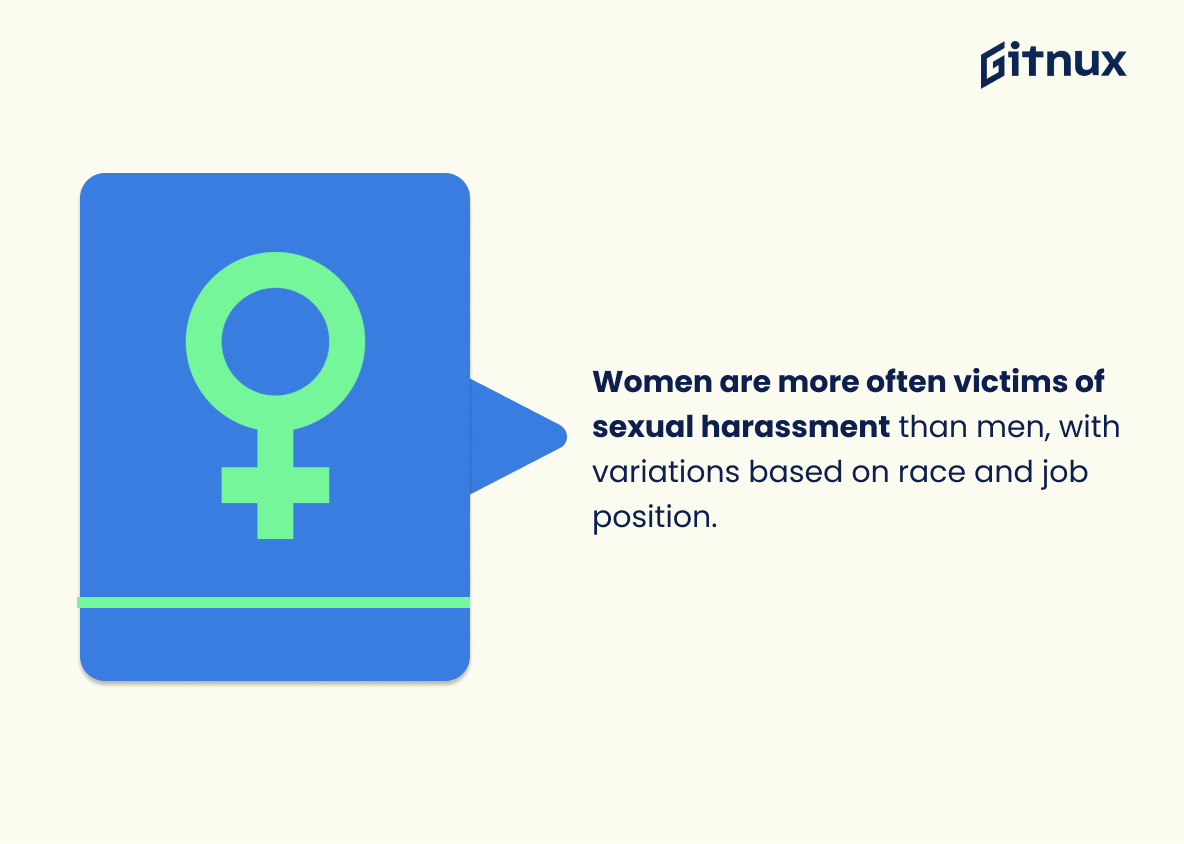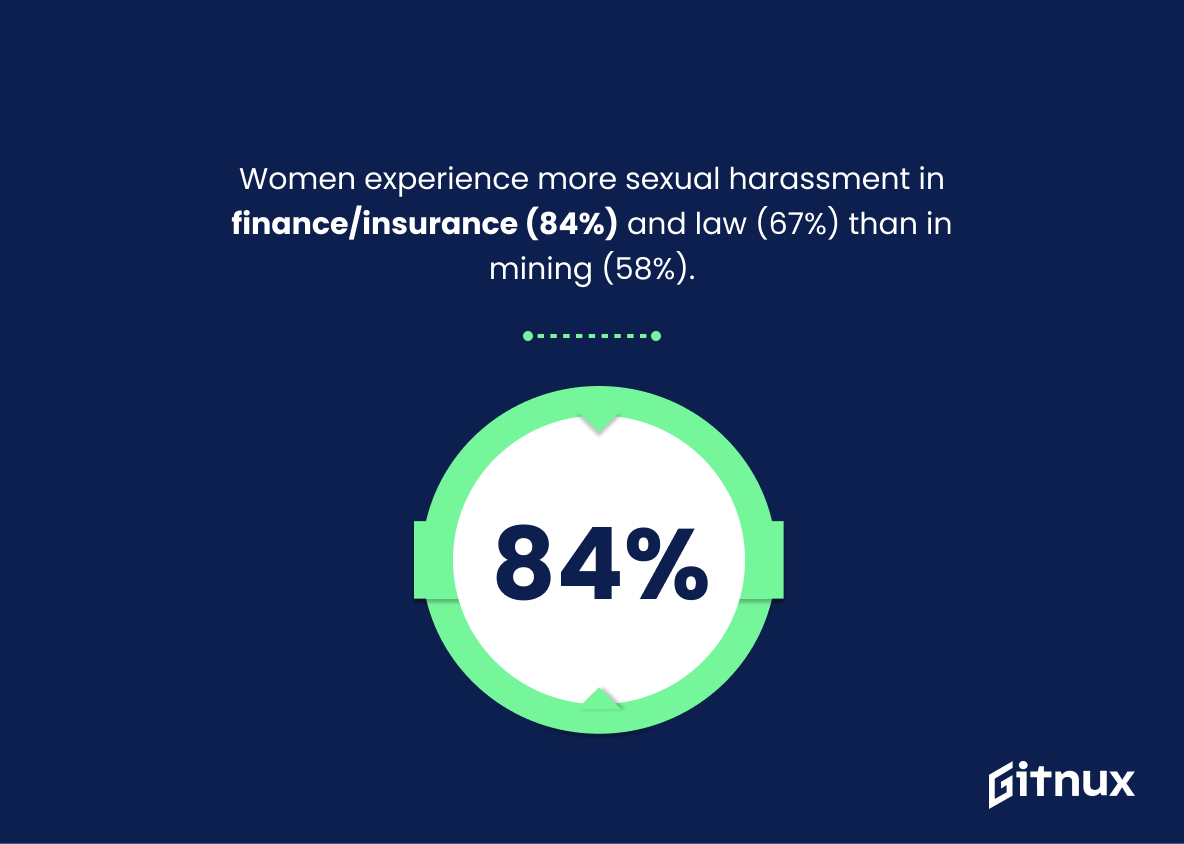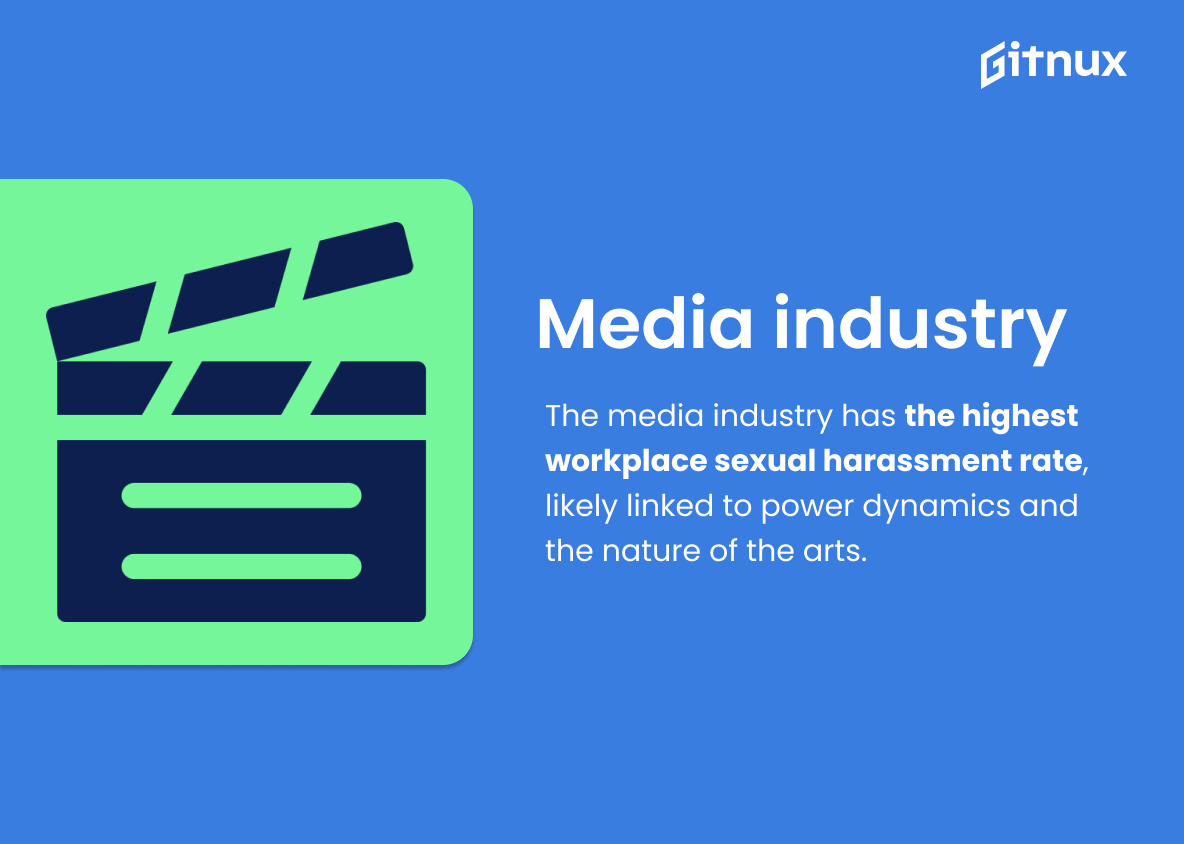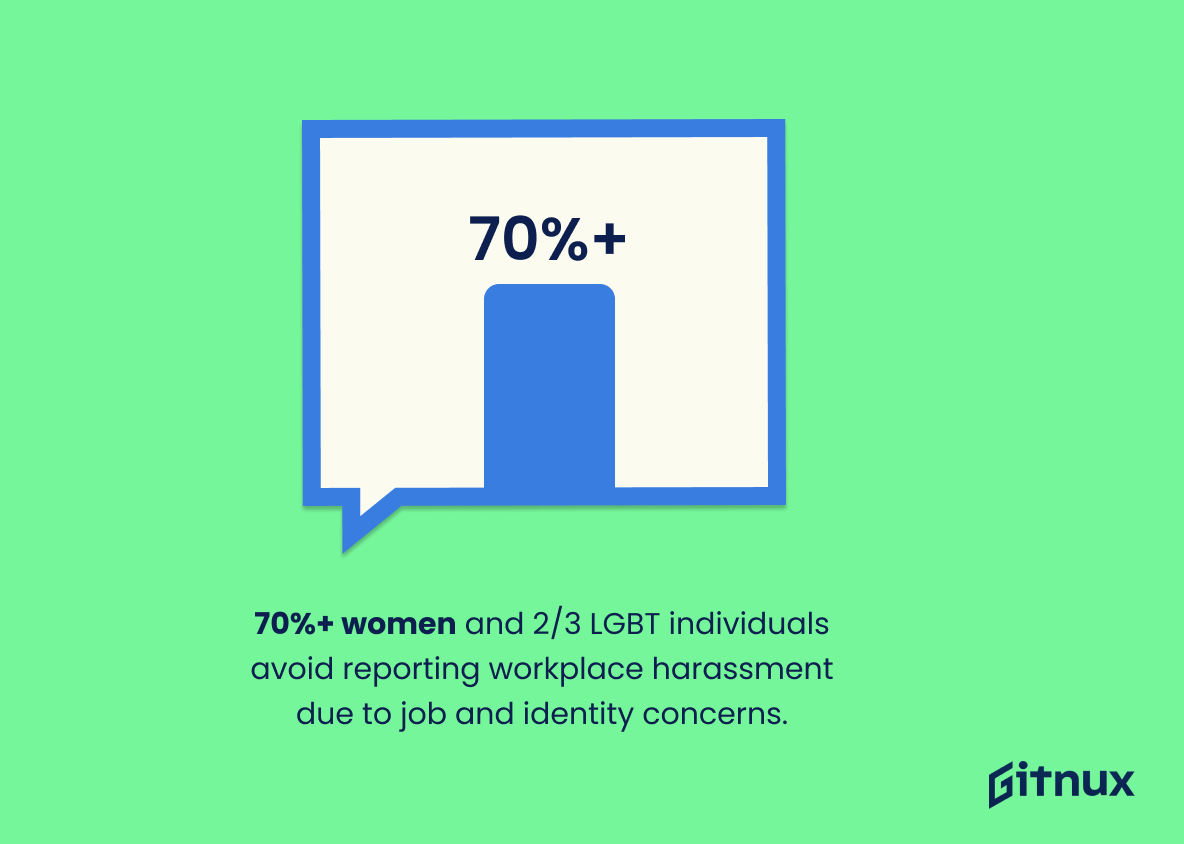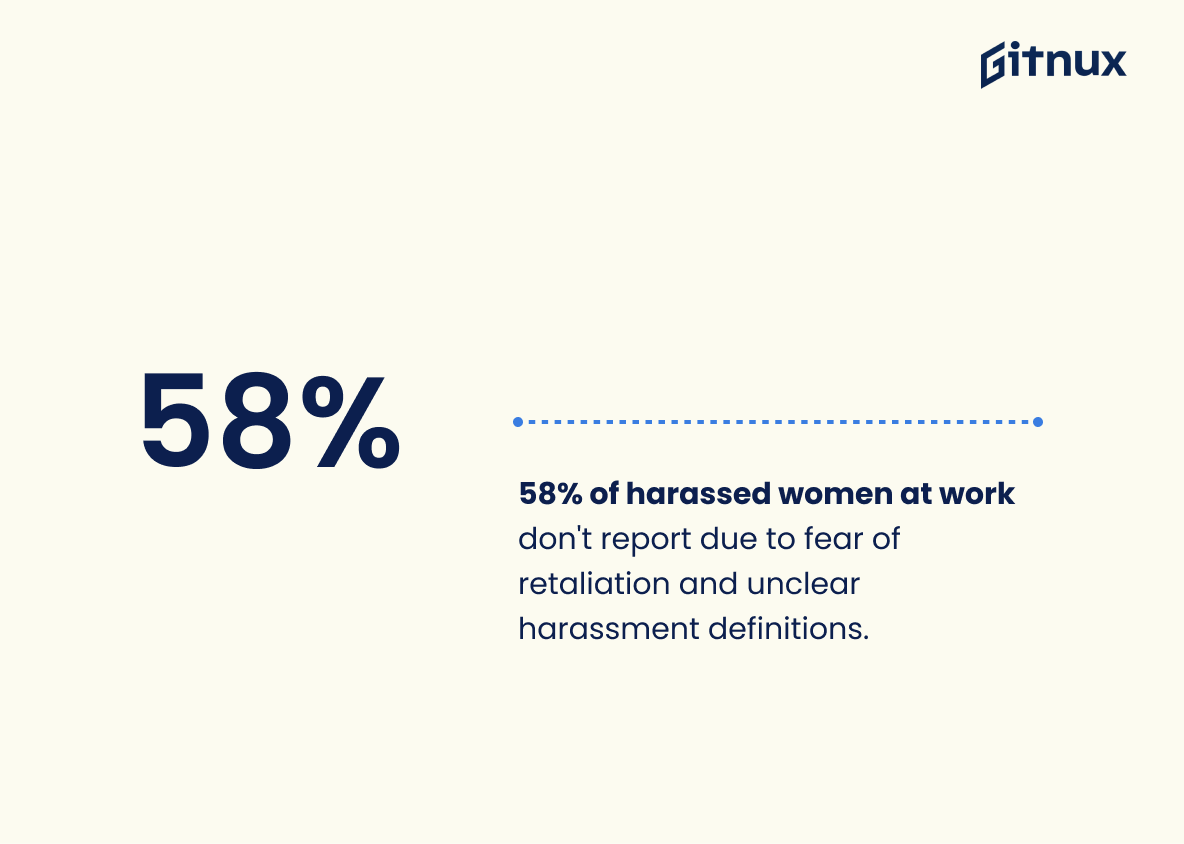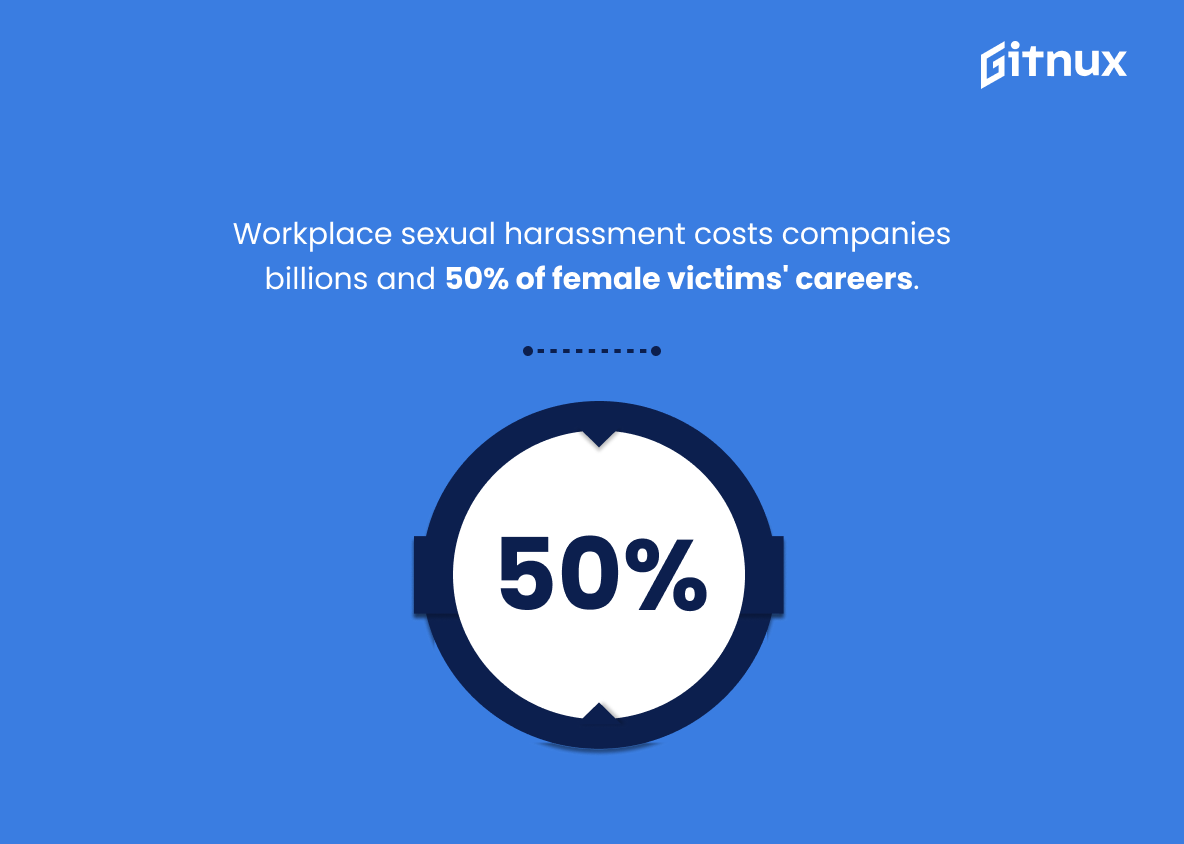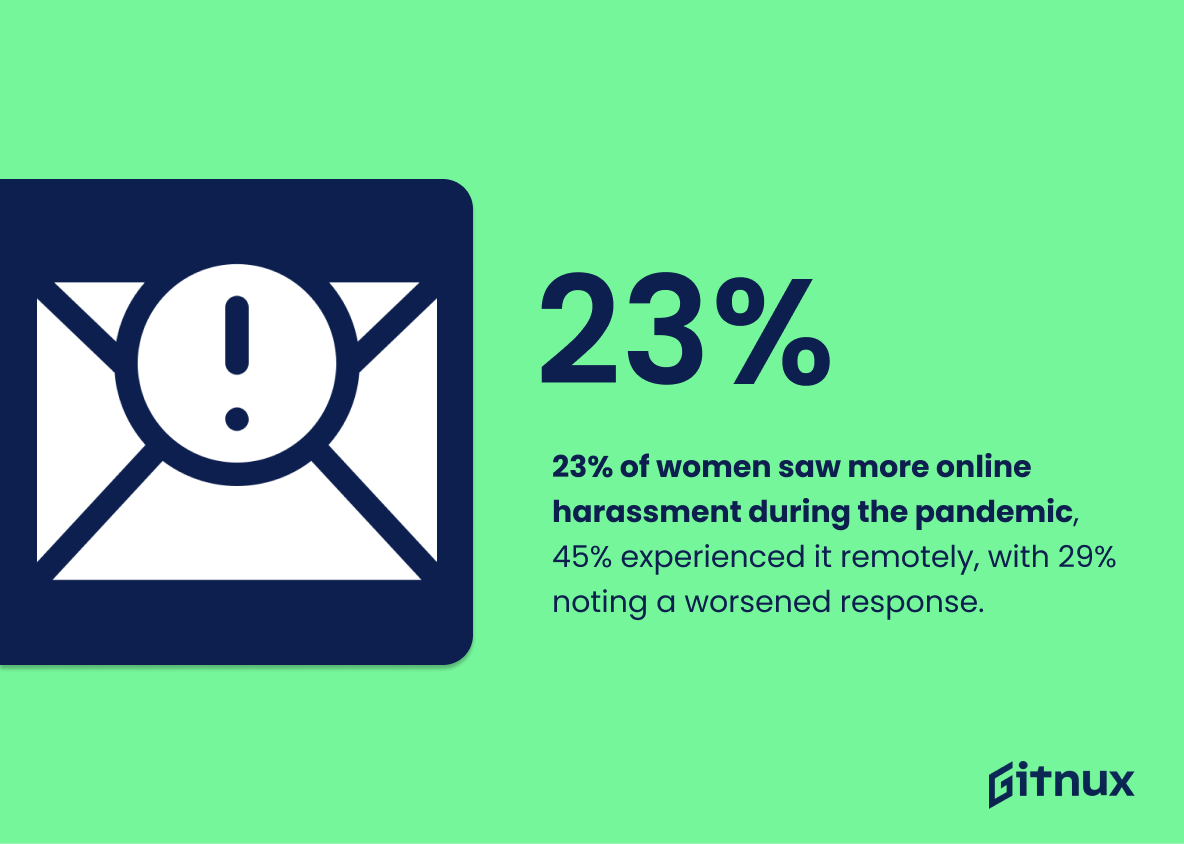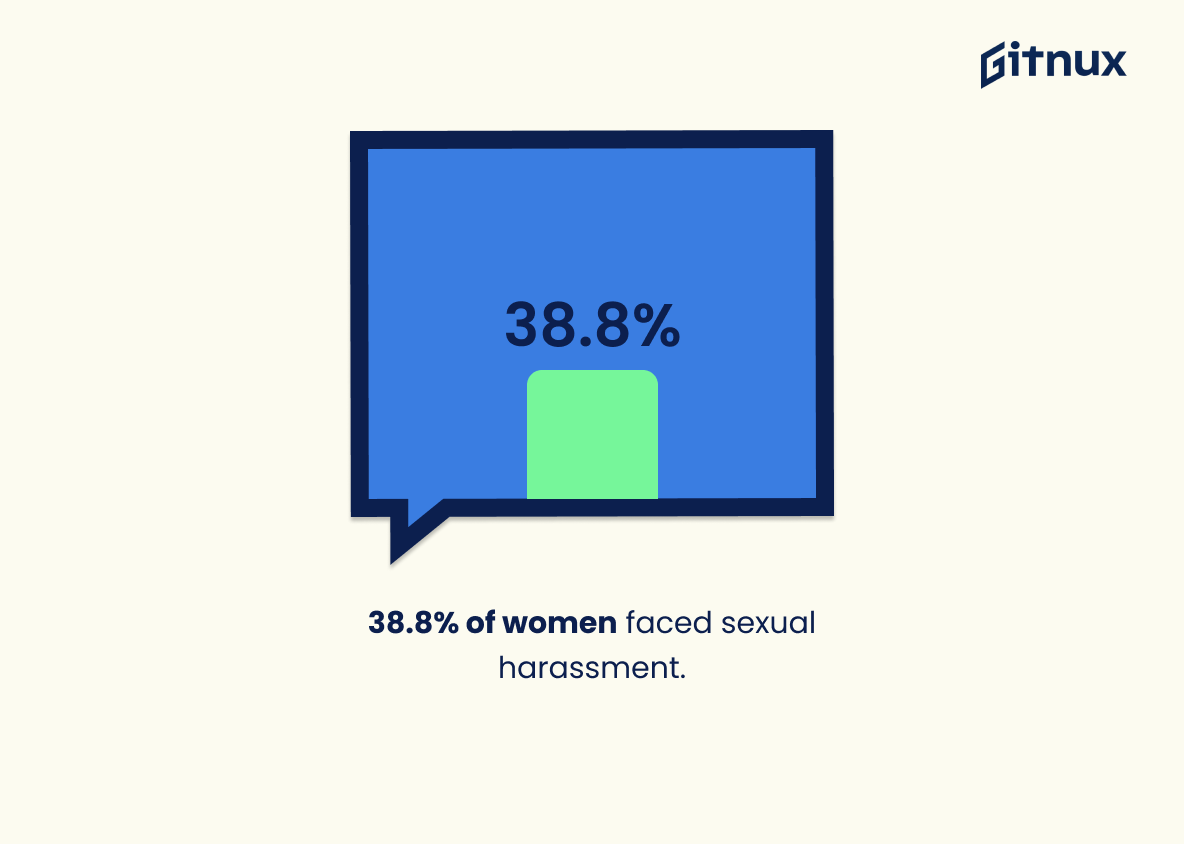Sexual harassment in the workplace is a serious issue that affects many people. Despite the fact that it is illegal, it still occurs in many workplaces. Unfortunately, it is often difficult to measure the extent of the problem, as many victims are afraid to come forward and report it.
This blog post will explore sexual harassment in workplace statistics, including the prevalence of the issue, the types of harassment that occur, and the effects it can have on victims. We will also discuss the steps that can be taken to prevent and address sexual harassment in the workplace.
Sexual Harassment In Workplace: The Most Important Statistics
Over 70% of women and two-thirds of LGBT individuals who experience sexual harassment in the workplace do not report it due to fear of job or career harm.
16% of victims of workplace sexual harassment reported negative effects on their mental health and 16% left their job due to the harassment.
Sexual Harassment In Workplace: Statistics Overview
Sexual harassment is the most common form of workplace harassment, making up 50% of all complaints.
It demonstrates how widespread sexual harassment is in the workplace and highlights the severity of the problem and how it affects employees in a variety of industries and positions. It also highlights the need for employers to take steps to prevent and address this type of harassment in order to create a safe and equitable workplace for everyone.
56% of employees have witnessed or experienced sexual harassment in the workplace.
Sexual harassment is a serious problem that needs to be addressed, and it is not something that can be ignored or swept under the rug. Employers need to take proactive steps to create an environment where all employees feel safe and respected.
50% of people are harassed on the basis of their gender, with a higher percentage of women affected.
This statistic highlights the disproportionate impact that gender-based harassment has on women. It statistic emphasizes the need for organizations to take proactive steps to address gender-based harassment in the workplace.
It has been found that women are more likely to be victims of sexual harassment than men, and that the type of harassment varies depending on race and job position.
It highlights the need for employers to be aware of the different forms of harassment that may be present in the workplace and to take steps to prevent it.
Women face higher rates of sexual harassment in the finance and insurance industry (84%) and legal profession (67%) than in the mining industry (58%).
These numbers demonstrate the need for more effective policies to protect women in certain industries, such as finance and legal, where they are more likely to experience sexual harassment. It also highlights the need for more research into the prevalence of sexual harassment in different industries to ensure that women are adequately protected.
The media industry has the highest rate of sexual harassment in the workplace, likely due to the opportunistic nature of the arts and the power dynamics between those in power.
There is a need for increased awareness and prevention of sexual harassment in the workplace, especially in industries where power dynamics are often unequal. This statistic serves as a reminder that sexual harassment is a pervasive problem in many industries, and that more needs to be done to address it.
Over 70% of women and two-thirds of LGBT individuals who experience sexual harassment in the workplace do not report it due to fear of job or career harm, or revealing their sexual orientation/gender identity.
This statistic highlights the prevalence of sexual harassment in the workplace, as well as the fear and stigma that many victims face when considering whether to report it. It also speaks to the need for employers to create a safe and supportive environment for victims of sexual harassment, and to ensure that reporting is encouraged and supported.
58% of women harassed at work don’t file a complaint due to fear of retaliation and uncertainty regarding the definition of harassment.
It explains the prevalence of fear and uncertainty that women face when reporting incidents of sexual harassment. This fear and uncertainty can lead to a lack of reporting, which can lead to an underreporting of sexual harassment incidents and a lack of accountability for perpetrators.
16% of victims of workplace sexual harassment reported negative effects on their mental health and 16% left their job due to the harassment, leading to $2.6 billion in lost productivity and $249.6 million in lost well-being.
Workplace sexual harassment has serious financial and mental health consequences. Companies should take steps to prevent and address sexual harassment in order to protect their employees and their bottom line.
Sexual Harassment in the workplace costs companies billions of dollars in lost productivity and other costs, and negatively impacts the careers of 50% of women victims.
This highlights the importance of addressing and preventing sexual harassment in the workplace in order to protect both the financial and career interests of employees.
23% of women reported an increase in online harassment during the pandemic, and 45% of women victims reported experiencing it remotely, with 29% saying the pandemic negatively impacted the response.
The pandemic has made it easier for people to make inappropriate remarks in private, and more challenging to make and respond to reports, making it more difficult to address sexual harassment in the workplace.
38.8% of female respondents experienced sexual harassment, while 55.8% of entry-level respondents experienced physical harassment and discrimination, and 38% of Black employees experienced personal harassment in the remote workplace.
Sexual harassment is still a prevalent issue, especially for women and entry-level workers, and that it is still occurring even in remote work environments. It also highlights the fact that Black employees are more likely to experience personal harassment in the workplace. This data is important for raising awareness of the issue and for informing policy decisions to address it.
Check out our latest Sexism In The Workplace Statistics
Conclusion
In conclusion, sexual harassment in the workplace is a serious issue that needs to be addressed. The statistics show that it is a widespread problem, and that it affects both men and women. It is important for employers to take steps to create a safe and respectful work environment, and for employees to be aware of their rights and to speak up if they experience or witness any form of sexual harassment. By taking a proactive approach to addressing this issue, we can create a better work environment for everyone.
References
1 – https://etactics.com/blog/sexual-harassment-in-the-workplace-statistics#General-Information
2 – https://everfi.com/blog/workplace-training/sexual-harassment-statistics-breakdown/
3 – https://www.zippia.com/advice/sexual-harassment-workplace-statistics/#:~:text=Most%20women%20%E2%80%94%20between%2054%25%20and,instances%20of%20workplace%20sexual%20harassment.
4 – https://inspiredelearning.com/blog/sexual-harassment-in-the-workplace-statistics/
5 – https://etactics.com/blog/sexual-harassment-in-the-workplace-statistics#Reporting-Incidents
6 – 26 Shocking Sexual Harassment in the Workplace Statistics
7 – https://etactics.com/blog/sexual-harassment-in-the-workplace-statistics#Outcomes-and-Costs-of-Harassment
8 – https://www.zippia.com/advice/sexual-harassment-workplace-statistics/#:~:text=Most%20women%20%E2%80%94%20between%2054%25%20and,instances%20of%20workplace%20sexual%20harassment.
9 – https://etactics.com/blog/sexual-harassment-in-the-workplace-statistics#Effects-of-the-Pandemic
10 – https://www.cnbc.com/2022/03/01/38percent-of-workers-experienced-remote-harassment-how-employers-can-fix-it.html#:~:text=Although%20the%20shift%20in%20workplace,chat%20apps%20or%20by%20phone.
